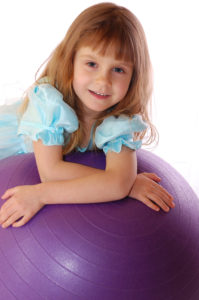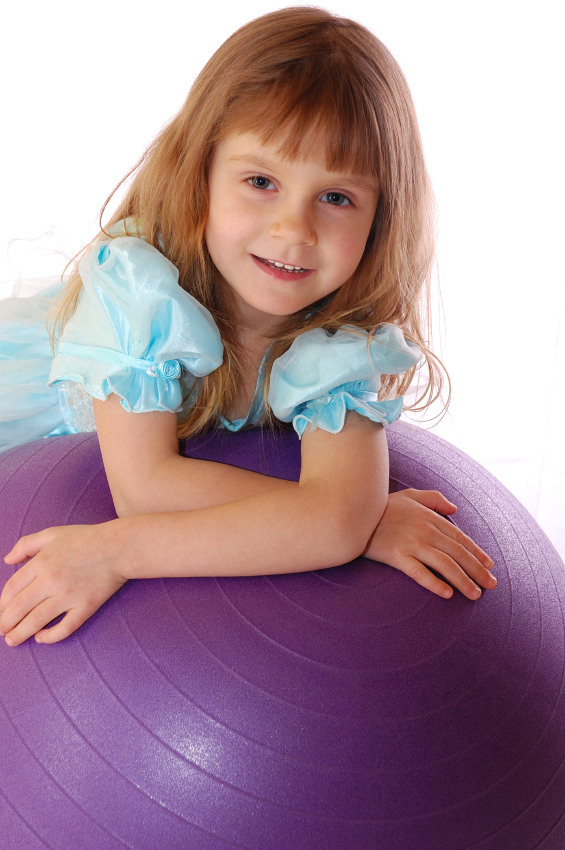

Every classroom has a few kids who just can’t sit still. They bounce around, tap their feet, click their pens, and fidget with just about anything they can get their hands on.
These students are often penalized or told to sit still during class activities or lectures, which ultimately divides their attention between learning and trying to be “good.” However, because new research suggests that fidgeting actually helps some students become better learners, teachers are beginning to implement non-disruptive fidgeting options in their classrooms.
For some students, research links knowledge retention to movement
A recent study published in the Journal of Abnormal Child Psychology examined the link between hyperactive movement and knowledge retention. Researchers asked a small group of boys between eight and twelve years old to repeat a random sequence of letters and numbers while spinning in a swivel chair.
Moving and spinning in the chair resulted in better retention for subjects who had ADHD. However, the same movement decreased the performance of the subjects without an ADHD diagnosis. Dustin Sarver, one of the study’s researchers, believes that moving actually helps students with ADHD become more alert.
The type of movement matters as well. While small movements help some students concentrate, larger movements are likely to distract them. For many teachers and students, these findings prove what they already know: some people learn better when moving.
Setting up a fidget-friendly classroom
Teachers and students have found ways to implement movement into the classrooms in non-disruptive ways, including changing seating, making changes to the desk environment and providing activities that incorporate a kinetic learning process.
In order to give students sitting at desks or tables an option to move, many teachers swap out traditional chairs for other options. Yoga balls let fidgety students shift positions and focus at the same time. Other schools have invested in Hokki stools, which allow students to wobble a bit while also promoting good posture and trunk control. Some schools have even invested in stand-up desks, allowing students get on their feet while doing assignments.
Teachers have found that the classroom setup matters as much as the type of chair or desk. Putting fidgety students on the periphery of the classroom prevents them from distracting students who concentrate better while sitting still, who are placed in the center.
Some students learn better when their hands are busy
In addition to changing chairs and desks in the classrooms, some teachers help restless students to focus by providing items for them to fidget with. One teacher puts a bike tube around the chair legs, which gives students the ability to kick and fidget with it as they focus on classwork or lectures.
Other teachers give students small toys or stress balls that they can squeeze or play with quietly as they learn. Some fidgety students enjoy producing something while they learn; knitting or drawing helps them stay on task. Giving students an activity to do with their hands lets them focus their mental energy on learning.
Students are happier and more successful when they have what they need to learn
There are numerous ways that teachers can set up their classrooms that enable some students to move without distracting others. Every child learns differently, and giving students who need to fidget the opportunity to do so in non-disruptive ways increases their overall focus and ability to learn and recall information — and ultimately, their academic success.
Caitrin Blake has a BA in English and Sociology from the University of Vermont and a master’s degree in English literature from the University of Colorado Denver. She teaches composition at Arapahoe Community College.
